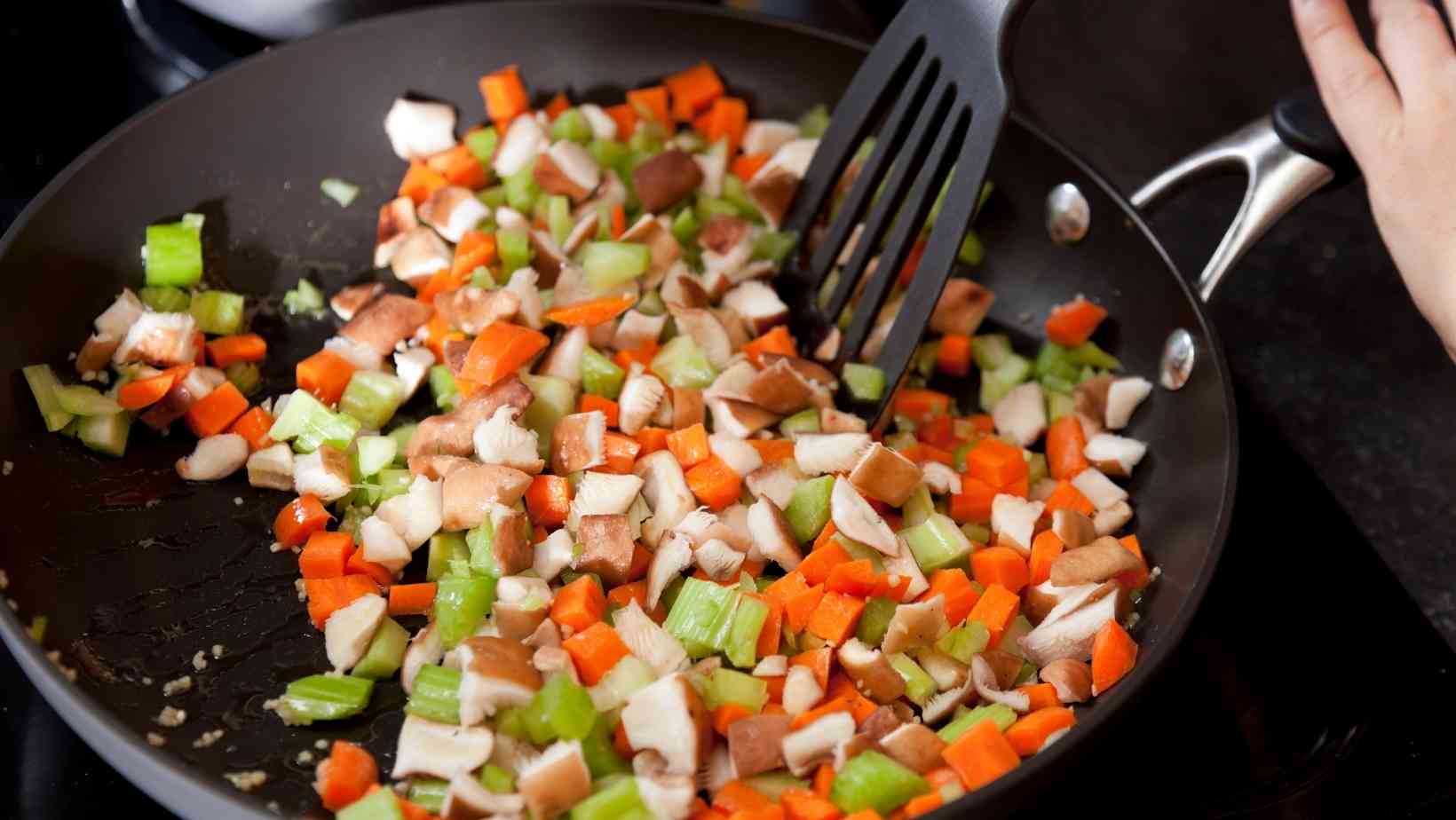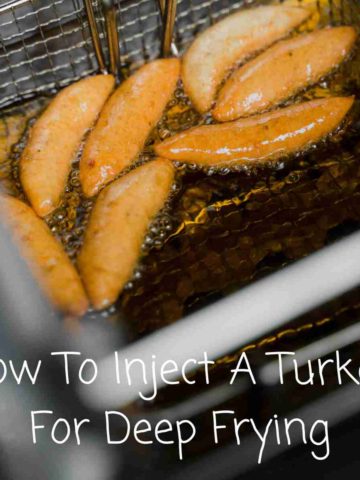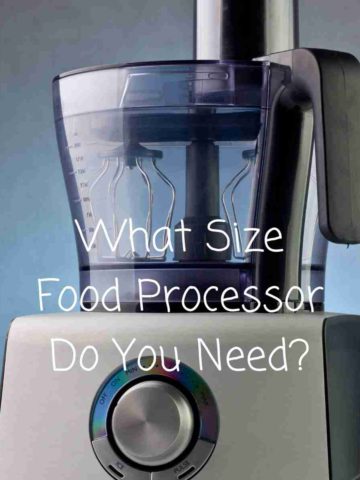Non-stop shopping for the freshest, peak-season veggies, not only because they taste delicious but also because they are rich in vitamins, minerals, and antioxidants, is something you take pride in doing. But did you know that the method you prepare them has a significant impact on how well they preserve their nutritional value? Some cooking techniques conserve nutrients and may even aid in their absorption into your circulatory system, while others might deplete your body with essential nutrients. So, after you've brought those veggies home from the market, follow the tips on how to cook vegetables without losing vitamins in this article to get the most nutritional value out of them.

Jump to:
1. Reduce the amount of water you use to a bare minimum
When you boil veggies in water, you deplete their nutritional value. What do you call the green color that appears in the water after you've boiled or blanched your broccoli? Those are signs that vitamins C and B have leached into the water and flushed down the toilet. Cook veggies in as little water as possible for the shortest period possible (unless you want to eat the water, such as in a soup) to ensure that the vitamins are retained. The same outcomes as boiling or blanching may be achieved by steaming or microwaving, both of which use less water and result in far lower nutritional loss. Steaming potatoes before mashing them is a better alternative than boiling them; instead of blanching broccoli, green beans, or asparagus, steam or microwave them till crisp-tender until they are ready to eat as is.
Additionally, if you wish to chill your veggies, don't submerge them in ice water; just as hot water may leech nutrients from plants, cold water does as well. Replace this method with one in which you cook veggies for one minute less and then arrange them in one layer on a baking sheet so that they may cool fast at room temperature.
2. Make use of a small amount of fat
Although eating plain steamed veggies may seem to be the healthiest option, eating vegetables with oil is preferable in terms of nutrients. The fat-soluble nature of several nutrients, such as beta-carotene, vitamin D, and vitamin K, ensures that they can only be transferred from our intestines into our bloodstream when a sufficient amount of fat is present to ferry them over. It's similar to a nutritional support system. Cooking vegetables in a tasty vinaigrette, sautéing or stir-frying them—all of these ways utilize some oil (which aids in absorption) but little or no water (which aids in absorption) (to minimize nutrient loss). They'll also make your veggies taste better than ordinary steamed vegetables, which will encourage you to consume more of them.
3. Include citrus fruits
Vegetables such as spinach, broccoli, and kale contain a lot of iron, but it's in a form that our bodies have a hard time using, so the majority of it goes through our systems undigested. Because of a chemical reaction between vitamin C and iron, which citrus fruits are abundant in, the iron is converted into a form that is more readily absorbed by our bodies. To put it another way, it makes the iron more user-friendly. Pour some lemon, lime, orange, or grapefruit juice into that stir-fry or sauté, and you'll be surprised at how good it tastes.
The three tactics described here are all used in the recipe to the right; it is a fantastic example of optimizing nutrition while still creating a delectable dish. Instead of boiling the green beans, they are quickly steam-cooked. Afterward, they're sautéed in a little healthy olive oil with yellow peppers and shallots until they're just soft. Fresh spinach is added towards the meal’s conclusion, and the dish is completed with a squeeze of fresh orange juice. Honestly, there's no easier or more effective method to get the most nutrition out of your veggies.
4. Vegetable preparation is an important skill to have
Cooking influences the number of nutrients that veggies retain, but preparing them is also essential. Here are a few pointers:
5. Always wash your hands before cutting
When you cut a vegetable, the cell walls are broken, enabling nutrients to flow into any water that comes into contact with it. When the vegetables are washed in this manner, the nutrients inside the uncut veggies’ cell walls are protected from leaching into the water.

6. Keep the peel attached
Leave the vegetable peel on when feasible since many essential nutrients are present in or just under the vegetable’s skin.
7. Prepare the dish as quickly as possible after cutting
When nutrients are exposed to light and air, they might be destroyed. Cooking and eating vegetables as soon as possible after cutting them helps retain vitamins and minerals as stable as possible in their cells.
Larger, more consistent pieces should be cut. A more significant number of cell walls have been severed, resulting in less loss of nutrition to heat, light, or cooking water. In addition, cutting consistent pieces guarantees that everything is completed simultaneously, preventing overdone components and the loss of nutrients.




